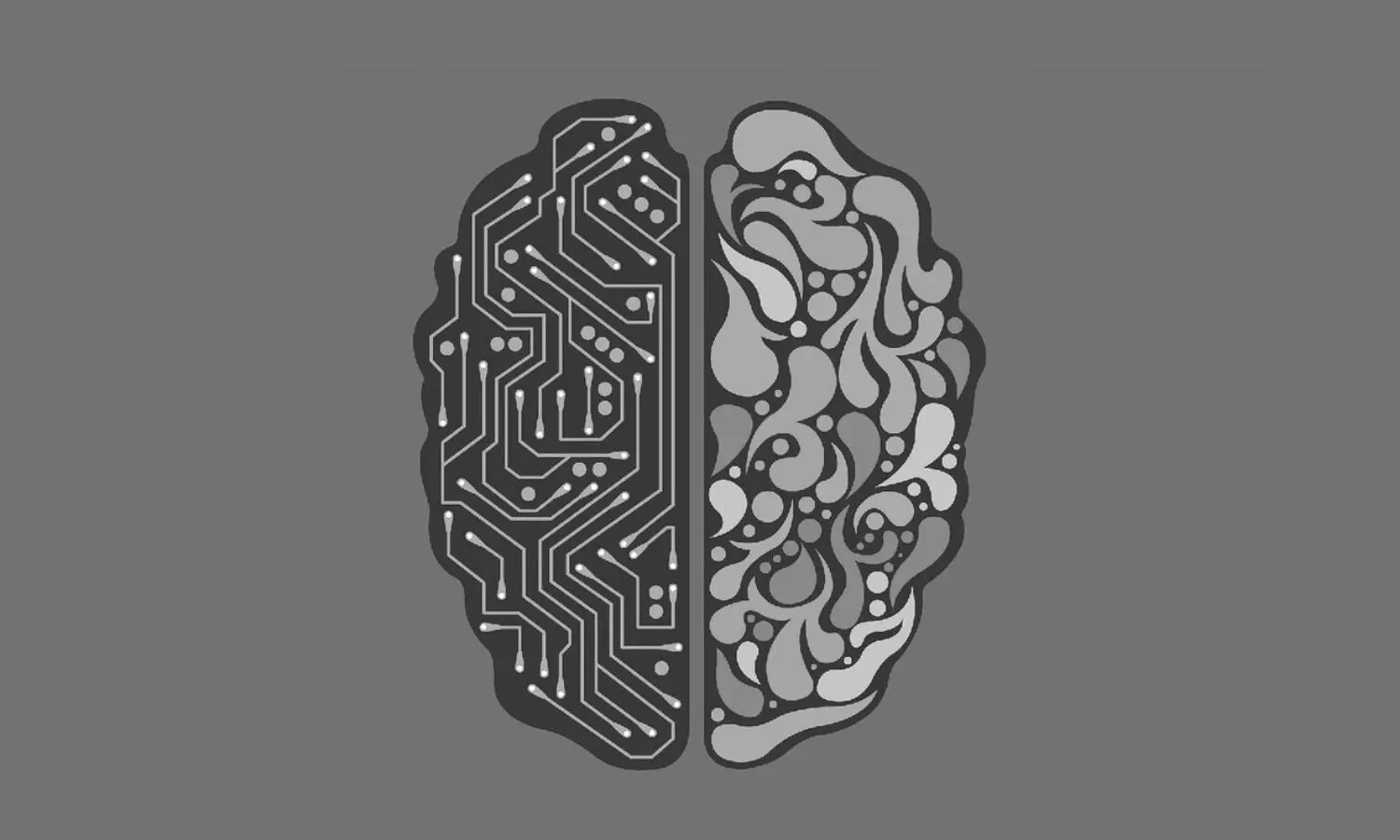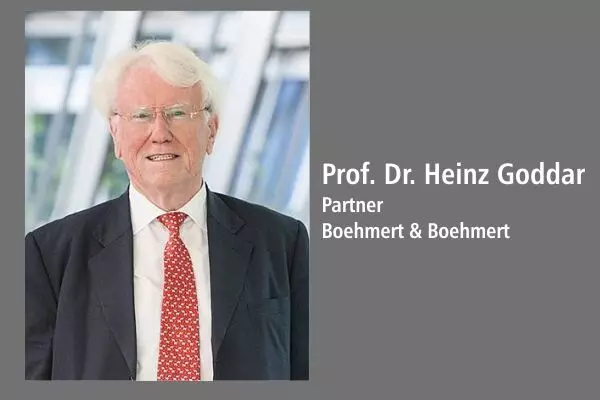- Home
- News
- Articles+
- Aerospace
- Artificial Intelligence
- Agriculture
- Alternate Dispute Resolution
- Arbitration & Mediation
- Banking and Finance
- Bankruptcy
- Book Review
- Bribery & Corruption
- Commercial Litigation
- Competition Law
- Conference Reports
- Consumer Products
- Contract
- Corporate Governance
- Corporate Law
- Covid-19
- Cryptocurrency
- Cybersecurity
- Data Protection
- Defence
- Digital Economy
- E-commerce
- Employment Law
- Energy and Natural Resources
- Entertainment and Sports Law
- Environmental Law
- Environmental, Social, and Governance
- Foreign Direct Investment
- Food and Beverage
- Gaming
- Health Care
- IBC Diaries
- In Focus
- Inclusion & Diversity
- Insurance Law
- Intellectual Property
- International Law
- IP & Tech Era
- Know the Law
- Labour Laws
- Law & Policy and Regulation
- Litigation
- Litigation Funding
- Manufacturing
- Mergers & Acquisitions
- NFTs
- Privacy
- Private Equity
- Project Finance
- Real Estate
- Risk and Compliance
- Student Corner
- Take On Board
- Tax
- Technology Media and Telecom
- Tributes
- Viewpoint
- Zoom In
- Law Firms
- In-House
- Rankings
- E-Magazine
- Legal Era TV
- Events
- Middle East
- Africa
- News
- Articles
- Aerospace
- Artificial Intelligence
- Agriculture
- Alternate Dispute Resolution
- Arbitration & Mediation
- Banking and Finance
- Bankruptcy
- Book Review
- Bribery & Corruption
- Commercial Litigation
- Competition Law
- Conference Reports
- Consumer Products
- Contract
- Corporate Governance
- Corporate Law
- Covid-19
- Cryptocurrency
- Cybersecurity
- Data Protection
- Defence
- Digital Economy
- E-commerce
- Employment Law
- Energy and Natural Resources
- Entertainment and Sports Law
- Environmental Law
- Environmental, Social, and Governance
- Foreign Direct Investment
- Food and Beverage
- Gaming
- Health Care
- IBC Diaries
- In Focus
- Inclusion & Diversity
- Insurance Law
- Intellectual Property
- International Law
- IP & Tech Era
- Know the Law
- Labour Laws
- Law & Policy and Regulation
- Litigation
- Litigation Funding
- Manufacturing
- Mergers & Acquisitions
- NFTs
- Privacy
- Private Equity
- Project Finance
- Real Estate
- Risk and Compliance
- Student Corner
- Take On Board
- Tax
- Technology Media and Telecom
- Tributes
- Viewpoint
- Zoom In
- Law Firms
- In-House
- Rankings
- E-Magazine
- Legal Era TV
- Events
- Middle East
- Africa

Access by Improvement To Patented Technologies
Access by Improvement To Patented Technologies

Access by Improvement to Patented Technologies Possibly, such "Opening Clauses" would not only be useful in heavily patented areas like telecommunication to get enforced access to SEP-surrounded innovations but also in pharma developments to achieve access and thereby licenses under first-medical-use patents by improvers With the steadily or even exponentially increasing number of...
To Read the Full Story, Subscribe to Legal Era News
Access Exclusive Legal Era Stories, Editorial Insights, and Expert Opinion.
Already a subscriber? Sign in Now
Access by Improvement to Patented Technologies
Possibly, such "Opening Clauses" would not only be useful in heavily patented areas like telecommunication to get enforced access to SEP-surrounded innovations but also in pharma developments to achieve access and thereby licenses under first-medical-use patents by improvers
With the steadily or even exponentially increasing number of patent applications and patents in the age of IoT and AI, the question of how to access patented technologies is becoming more and more urgent. If one, like the author of this paper, believes in the importance of the present patent system for promoting inventive activities and innovations also with regard to technologies that quickly develop and lead to the creation of sometimes huge patent portfolios or even patent thickets, like in telecommunication, it becomes necessary to give newcomers a chance to further develop such technologies and, again, make use of the patent system for creating access to the already patented "primary inventions".

In this regard, as discussed e.g. in GRUR 2021, 196, by the author, the patent systems of many countries provide for a solution insofar already:
For example, in Germany, Art. 84 (2) of the German Patent Act (GPA) entitles an innovator that has created an important improvement of an already patented item and has patented it, by a "secondary" patent to request, as a matter of right and title, a compulsory license of a special kind from the owner of the "Primary Patent": That special license will come as a cross-license, and the grant of it does not require any determination of public interest like "normal" compulsory licenses in accordance with e.g. Art. 24 (1) (GPA).
Making use of such an "Opening Clause", as also discussed e.g. in Les Nouvelles in 2019 by Lakshmi Kumaran and the author of this paper, the respective article being related to "Patent Law Based Concepts For Promoting Creation And Sharing Of Innovations In the Age Of Artificial Intelligence And Internet of Everything", would help "newcomers" and "improvers" resp., to get access to the already patent-covered primary technology.
Similar provisions do exist also in other countries, like India.
By such "opening clauses", together with a generous Experimental Use Clause (like in Art.11 (2)(GPA), not only make it possible for newcomers to improve already patented items, but also to get - by further patenting by "secondary patents", access thereto. By this procedure, both the "primary patentee" and the "secondary patentee", i.e. the improver, cannot only develop further technologies, but also use it commercially – all this for the benefit of consumers and, thereby, mankind.
Possibly, such "Opening Clauses" would not only be useful in heavily patented areas like telecommunication to get enforced access to SEP-surrounded innovations, i.e. entry into already existing standards like 5G, but also could help in pharma developments to achieve access and thereby licenses under first-medical-use patents by improvers, e.g. creators of second-medical-use patents, again by compulsory cross-licensing.
In the world of increasing patent portfolios and thickets, resp., compulsory cross-licenses might become more and more important, the more since in countries like Germany the respective licensing conditions could be determined by Patent Offices, if combined – in case of SEPs – with a duty of primary SEP holders to register License-of-Right (LOR) declaration in the respective patent registers.
By the way, provisions like Art. 24 (2) GPA do not mean that the "compulsory cross-licenses" granted by the primary patentee to the secondary patentee and by the secondary patentee to the primary patentee, resp., have to be - and are usually actually not! – "complimentary" free licenses: The respective authority, like in Germany the German Federal Patent Court (GFPC), can determine, together with granting the mutual licenses to the secondary patentee and the primary patentee, resp., impose royalty obligations from one side to the other, in order to balance the sometimes un-equal merits of the primary and secondary invention, resp.!
All this might become even more important when AI systems "as such" start to make inventions, namely as being used as tools by implementers of patented AI systems. This in future, might lead to reach-through-claims of enormous width to which easy access in the interest of newcomers, like software-developers etc., might be highly advisable. Again, compulsory cross-licensing together with LOR systems will help to overcome problems connected to this development.
Disclaimer – The views expressed in this article are the personal views of the author and are purely informative in nature.


